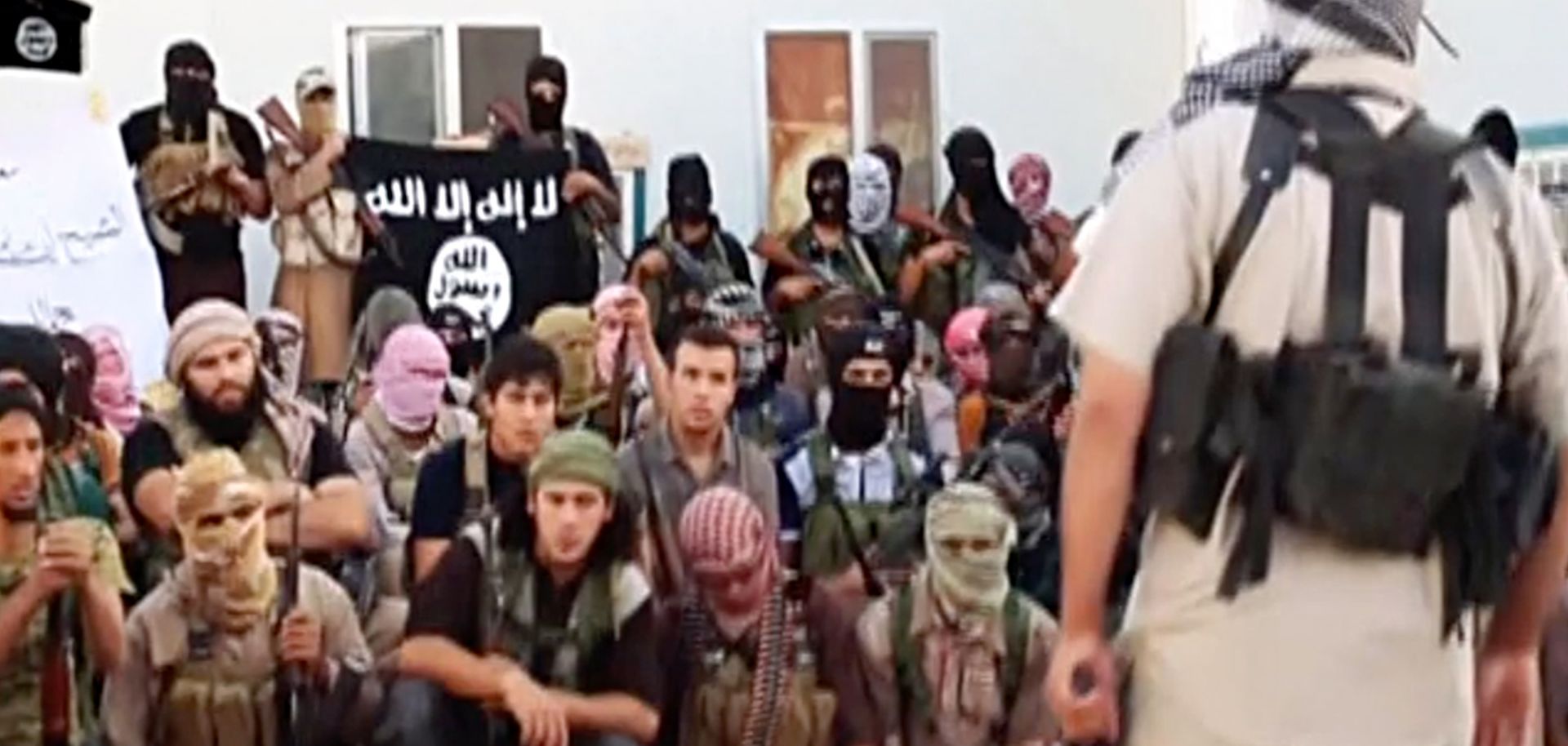ASSESSMENTS
Arab Militaries' Weaknesses are the Islamic State's Strengths
Sep 4, 2014 | 20:54 GMT

Reuters
Summary
Despite numerous displays of personal and unit-level bravery, Arab armies have repeatedly failed in battle since the end of World War II — mainly due to a lack of battlefield initiative, inferior command and control, and an inability to maneuver at the tactical level. These weaknesses, which have often proven so crippling for Arab militaries, are areas in which the Islamic State is proficient — particularly when engaging the more traditional regular armies fielded by Damascus and Baghdad.
By default, the Islamic State — partly because of its limited manpower and partly because of its desire to avoid increasing its vulnerability to air power and concentrated artillery — operates predominantly at the level of the company and, occasionally, the battalion. This diffuse structure overwhelmingly encourages flexibility and tactical initiative, which has enabled the militant group to achieve some key successes on the battlefield.
Subscribe Now
SubscribeAlready have an account?
